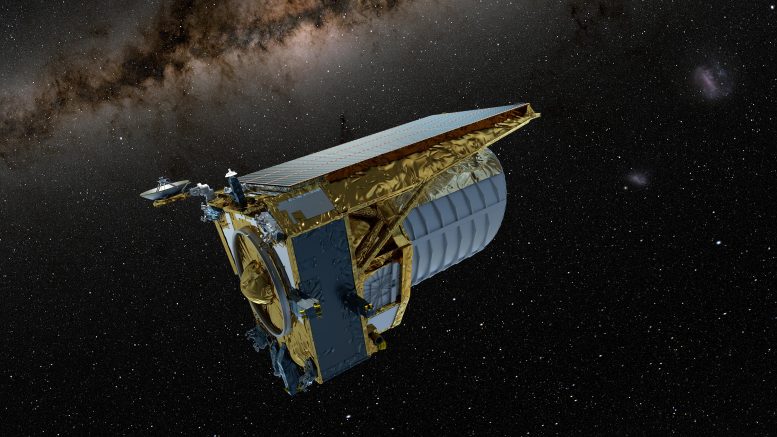
Artist’s impression of the Euclid mission in space. Euclid is designed to look far and wide to answer some of the most fundamental questions about our Universe: What are dark matter and dark energy? What role did they play in the formation of the cosmic web? The mission will catalog billions of distant galaxies by scanning across the sky with its sensitive telescope. Credit: ESA
The telescope took a picture of a glittering field of stars, indicating that it is doing well after a million-mile journey from Earth.
The two instruments aboard Euclid, an ESA (European Space Agency) spacecraft with NASA contributions, have captured their first test images. The results indicate that the space telescope will achieve the scientific goals that it has been designed for – and possibly much more.
The mission will delve into some of the biggest mysteries about our universe, including the nature of dark matter and why the universe’s expansion is accelerating. Scientists call the force behind this accelerated expansion “dark energy.”
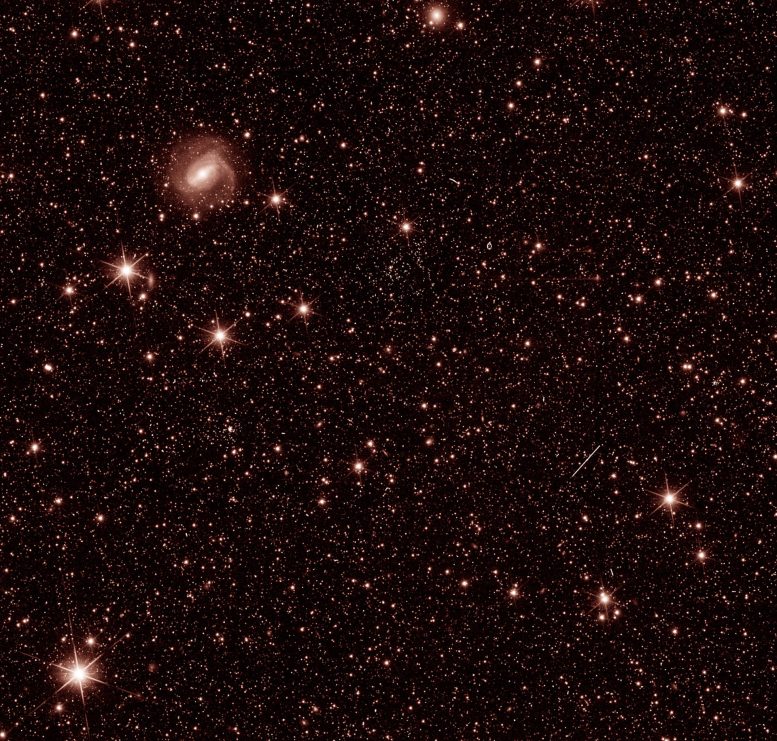
This image was taken during commissioning of ESA’s Euclid spacecraft to check that the Near Infrared Spectrometer and Photometer (NISP) instrument is working as expected. NASA contributed hardware to the NISP instrument. Credit: ESA/Euclid/Euclid Consortium/NASA, CC BY- SA 3.0 IGO
Euclid launched on July 1 from Cape Canaveral, Florida. It has arrived at its destination about 1 million miles (1.5 million kilometers) from Earth, a vantage point known as the Second Lagrange Point (L2).
“We are thrilled to see that the NASA-supplied detectors and other hardware are working as expected and are incredibly excited about the scientific results that will come in the months and years ahead,” said Mike Seiffert, project scientist for the NASA contribution to Euclid at the agency’s Jet Propulsion Laboratory in Southern California.
Given these test images, scientists and engineers behind the mission are confident that the telescope and instruments are functioning well. Mission specialists will continue performance-verification tests over the next few months before science observations commence.
“After more than 11 years of designing and developing Euclid, it’s exhilarating and enormously emotional to see these first images,” says Euclid Project Manager Giuseppe Racca of ESA. “It’s even more incredible when we think that we see just a few galaxies here, produced with minimum system tuning. The fully calibrated Euclid will ultimately observe billions of galaxies to create the biggest-ever 3D map of the sky.”
For more images and details, see: Euclid “Dark Universe” Explorer: First Test Images
More About the Mission
Three NASA-supported science teams are actively contributing to the Euclid mission. The Jet Propulsion Laboratory (JPL), a division of Caltech, took the lead in designing and fabricating the sensor-chip electronics for Euclid’s Near Infrared Spectrometer and Photometer (NISP) instrument. In addition to this role, JPL also managed the procurement and delivery of the NISP detectors. These crucial components, including the sensor-chip electronics, were rigorously tested at NASA’s Detector Characterization Lab located at the Goddard Space Flight Center in Greenbelt, Maryland. Furthermore, the Euclid NASA Science Center at IPAC (ENSCI), situated at Caltech in Pasadena, California, has been designated to archive the science data. It will also provide support for U.S.-based scientific investigations utilizing the valuable data collected by the Euclid mission.

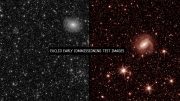
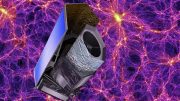
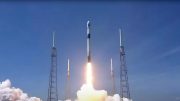
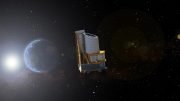
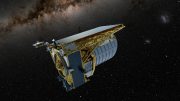
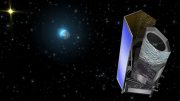
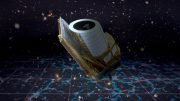
Be the first to comment on "Euclid’s First Glimpse: Peering Into Dark Matter and the Universe’s Expansion"